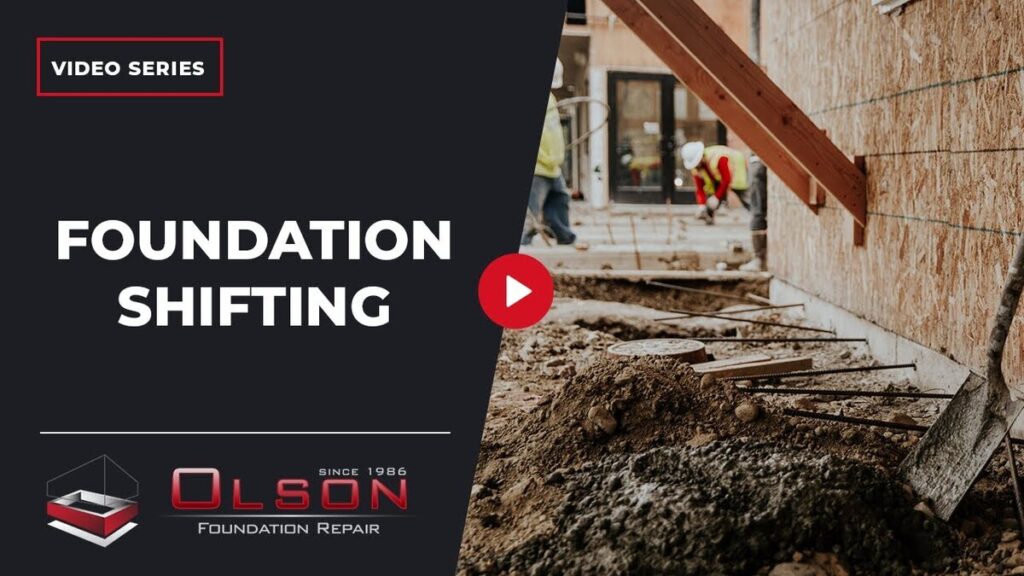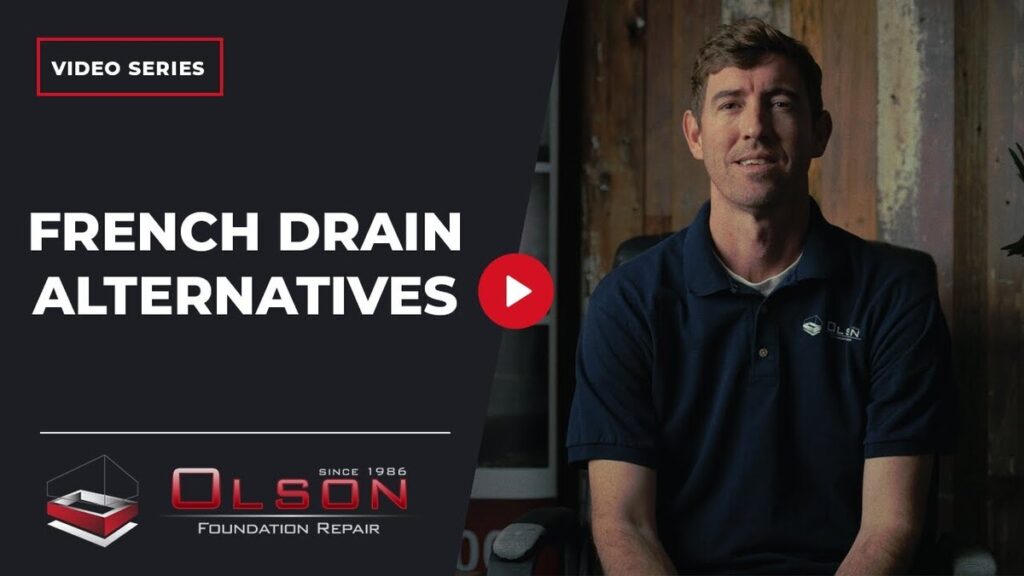Water problems around the home often start with poor drainage. When rainwater collects near the foundation or seeps into the basement, it can lead to serious damage over time. French drains are a common solution, but they are not always the most practical or affordable option. In many cases, homeowners can benefit from exploring other methods that are easier to install, simpler to maintain, and better suited to specific property conditions. Below are several effective French drain alternatives that can help manage water around your home and prevent long-term issues.
Understanding the Limitations of French Drains
French drains are designed to redirect water away from vulnerable areas, such as foundations or basements, by utilizing a perforated pipe surrounded by gravel. While effective in many scenarios, they come with certain drawbacks:
- Complex Installation: Installing a French drain requires significant excavation, which can be labor-intensive and disruptive to existing landscaping.
- Maintenance Challenges: Over time, these systems can become clogged with soil or roots, necessitating regular upkeep to maintain functionality.
- Ineffectiveness in Certain Areas: In locations with natural watercourses or specific topographical features, French drains may not provide adequate protection against water intrusion.
Alternative Drainage Solutions
Considering these limitations, exploring other drainage methods can be beneficial. Here are some viable French drain alternatives:
1. Proper Surface Grading
Ensuring that the ground slopes away from your home’s foundation is a fundamental step in effective drainage. By adjusting the grade, we can prevent water from pooling near the structure and reduce the risk of interior water damage.
Steps to Implement Proper Grading:
- Assess the Current Slope: Determine the existing gradient around your home to identify areas where water may accumulate.
- Add Soil to Low Spots: Use quality soil to build up areas that are too flat or slope towards the house.
- Ensure a Consistent Slope: Aim for a slope of approximately 1 inch per foot extending away from the foundation for at least 6 to 10 feet.
2. Installing Interior Drain Tile Systems
For properties where exterior solutions are insufficient, interior drain tile systems offer an effective alternative. These systems collect water that enters the basement and channel it to a sump pump, which then expels it away from the home.
Advantages of Interior Drain Tile Systems:
- Direct Water Management: By addressing water intrusion from the inside, these systems provide a direct method to manage leaks or seepage.
- Reduced Exterior Disruption: Installation typically involves less disturbance to landscaping compared to exterior drainage solutions.
- Effective in High Water Table Areas: They are particularly useful in regions with high groundwater levels where external methods may fail.
3. Utilizing Downspout Extensions
Often, water accumulation near foundations is due to improperly directed downspouts. Ensuring that downspouts discharge water well away from the house can significantly reduce moisture problems.
Implementing Downspout Extensions:
- Assess Current Downspout Discharge Points: Identify where your downspouts release water and observe if it leads to pooling near the foundation.
- Install Extensions: Attach downspout extenders to direct water at least 4 to 6 feet away from the house.
- Consider Buried Drainage Pipes: For a more aesthetic solution, downspouts can be connected to underground pipes that lead to a safe discharge area.
4. Creating Swales
Swales are shallow, vegetated channels designed to manage water runoff. They slow down water flow, promote infiltration, and can be an attractive addition to landscaping.
Benefits of Swales:
- Natural Aesthetics: They blend seamlessly into the landscape, often enhancing the property’s visual appeal.
- Erosion Control: By slowing water movement, swales help prevent soil erosion.
- Groundwater Recharge: They facilitate the absorption of water into the soil, replenishing groundwater levels.
Implementing a Swale:
- Plan the Path: Determine the natural flow of water on your property to decide the best location for the swale.
- Excavate a Shallow Channel: Create a gently sloping trench along the planned path.
- Plant Vegetation: Use native plants or grasses to line the swale, which will aid in water absorption and prevent erosion.
In Summary
French drain alternatives offer practical and effective ways to manage excess water and protect your home. Whether it’s adjusting surface grading, installing an interior drain tile system, extending downspouts, or creating swales, each method provides a tailored solution to fit specific drainage needs. At Olson Foundation, we specialize in identifying and implementing the best drainage solutions for your property. Contact us today to discuss the right approach for keeping your home dry and protected.




